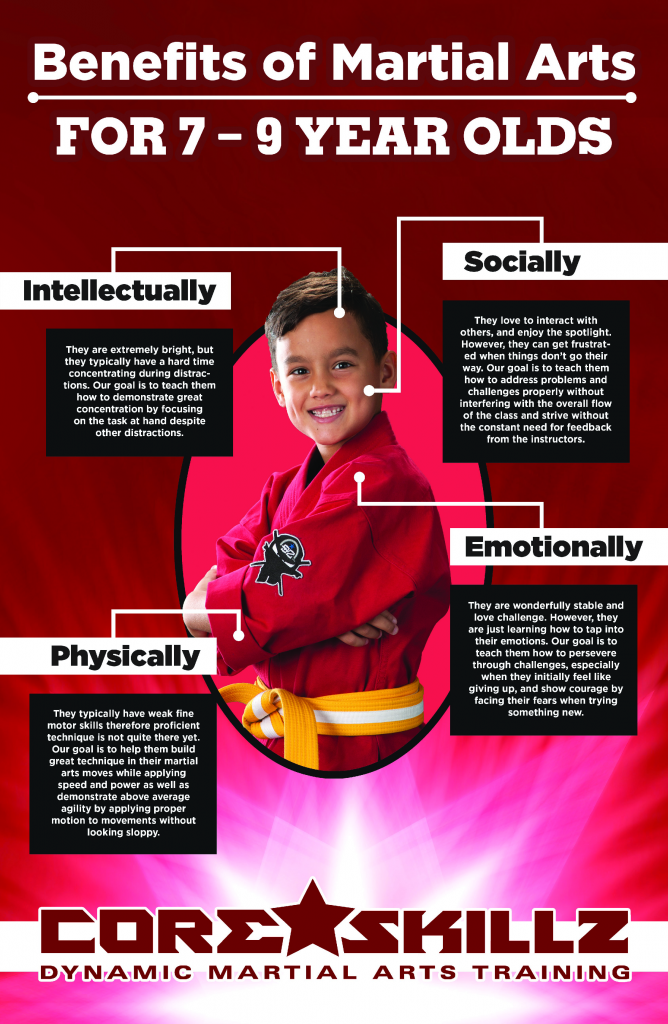The History And Development Of Martial Arts Around The Globe
The History And Development Of Martial Arts Around The Globe
Blog Article
Post Produced By-Winkler Vick
Martial arts have a remarkable background that spans centuries and continents. You may find it appealing how ancient practices like Shuai Jiao and Kalaripayattu laid the groundwork for modern fight techniques. These disciplines not just stress physical skills yet likewise reflect the societies that birthed them. As you explore their development, take into consideration how globalization has transformed these traditional types right into hybrid styles. What impacts do you think have shaped today's martial arts landscape?
Ancient Martial arts: The Structures of Combat
As you look into the globe of old martial arts, you'll discover the abundant structures that shaped combat strategies across cultures. Very early techniques focused on Self-Defense and survival, usually incorporating strikes, grappling, and weaponry.
In old China, as an example, strategies like Shuai Jiao emphasized tosses and joint locks, while India's Kalaripayattu showcased dexterity and liquid activity. Japanese samurai developed Kenjutsu, a refined swordsmanship that highlighted self-control and method.
These martial arts served not just for battle but likewise as a way of individual growth, instilling values like respect and determination. The blending of these techniques over time laid the groundwork for the varied martial arts you see today, each showing the distinct approaches and demands of its culture.
The Cultural Influence on Martial Arts Development
While martial arts commonly reflect the functional requirements of a culture, they likewise embody the social worths and beliefs of their beginnings. When you explore various martial arts, you'll observe how they're affected by faith, philosophy, and social norms.
As an example, the focus on regard and self-control in Japanese martial arts originates from Zen Buddhism and samurai society. In contrast, Brazilian Jiu-Jitsu advertises flexibility and approach, formed by the need for efficiency in a varied, multicultural environment.
You may discover that the routines, uniforms, and training methods mirror a community's background and identification. By understanding these cultural influences, you strengthen your admiration of martial arts and their function fit human experiences around the world.
Modern Adaptations and the Globalization of Martial arts
Martial arts have changed considerably in current decades, adjusting to contemporary culture and international influences. You'll notice that conventional kinds have mixed with modern strategies, producing hybrid styles like MMA. These adaptations satisfy diverse target markets, making martial arts obtainable and appealing globally.
With the rise of social media sites and electronic platforms, you can find tutorials and competitions from all corners of the globe, damaging geographical obstacles. This globalization has resulted in a common gratitude for various self-controls, from Brazilian Jiu-Jitsu to Taekwondo.
As you engage with these arts, you'll recognize they're not just about battle; they advertise fitness, self-control, and psychological wellness.
Ultimately, modern adjustments have actually enriched the martial arts landscape, making it a dynamic and progressing practice.
Verdict
In checking out the background and development of martial arts, you discover a fascinating blend of methods, cultures, and philosophies. From https://messiahisbjt.blue-blogs.com/42500001/discover-the-perfect-fighting-style-for-your-journey-our-ultimate-guide-will-help-you-choose-the-best-one-unleash-your-internal-warrior-today -controls like Shuai Jiao and Kalaripayattu to the modern versatility seen in MMA, martial arts mirror mankind's pursuit for Self-Defense and individual growth. As you engage with these methods, you not just get skills but also a much deeper appreciation for the varied traditions that shape our globe today. So, proceed your journey and welcome the art of fight!
